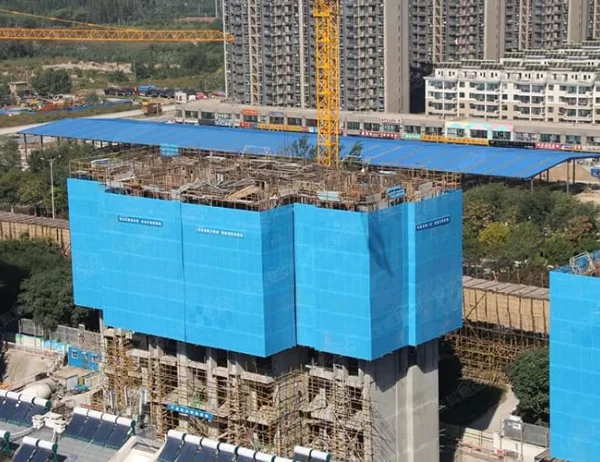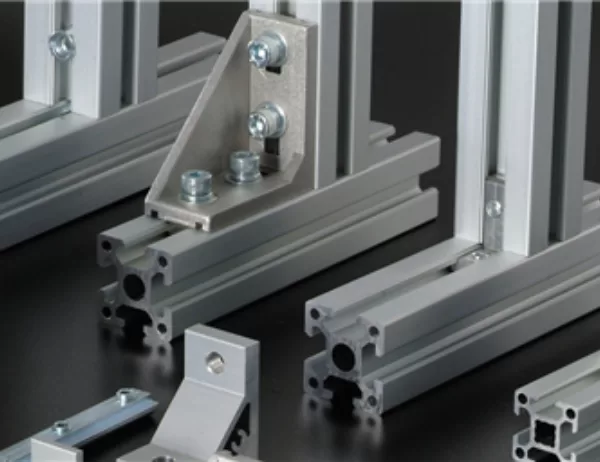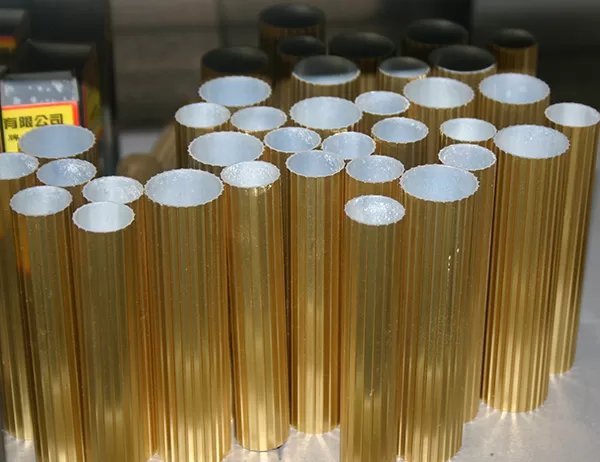In the realm of industrial construction and fabrication, the choice of materials can significantly impact project budgets. Among the various options available, aluminum profiles have gained prominence due to their exceptional strength-to-weight ratio, versatility, and durability. However, cost remains a crucial factor in decision-making. This article explores key cost considerations when selecting industrial aluminum profiles.
Material Grade and Alloy:
The grade and alloy of aluminum significantly influence its cost. Higher grades offer superior mechanical properties and corrosion resistance but come at a premium. For applications where strength and precision are paramount, such as aerospace or automotive components, higher grades may be warranted. However, for less critical applications, lower grades can provide sufficient performance at a lower cost.
Profile Complexity and Dimensions:
The complexity and dimensions of the required profile also affect its cost. Intricate shapes, tight tolerances, and large cross-sectional areas generally necessitate specialized tooling and manufacturing techniques, resulting in higher production expenses. Conversely, simpler profiles with standardized dimensions are more economical to produce.
Surface Treatment:
Aluminum profiles can undergo various surface treatments to enhance their aesthetics, durability, and functionality. Common options include anodizing, powder coating, and painting. These treatments add to the cost of the profiles but can extend their lifespan and improve their resistance to wear, corrosion, and chemicals.
Volume and Production Schedule:
The quantity of profiles required and the production schedule can impact the unit cost. Larger volumes typically warrant discounts due to economies of scale. Conversely, rush orders or small batch sizes may incur additional charges for expedited manufacturing and setup time.
Sourcing Options:
Consider the availability of aluminum profiles from local suppliers versus international manufacturers. Local sourcing can expedite delivery and reduce transportation costs, but it may limit the selection of profiles and increase the overall price. International sourcing offers a wider range of options but introduces the potential for import duties, shipping delays, and currency fluctuations.
Lifecycle Considerations:
While the initial cost of aluminum profiles is important, it’s also essential to consider their long-term lifecycle costs. Durable profiles that require minimal maintenance and replacement can result in lower overall expenses over the life of the project.
By carefully evaluating these cost considerations, manufacturers and engineers can make informed decisions when selecting industrial aluminum profiles that meet their performance and budgetary requirements. Understanding the factors that influence cost empowers them to optimize project expenses while ensuring the desired quality and functionality.




